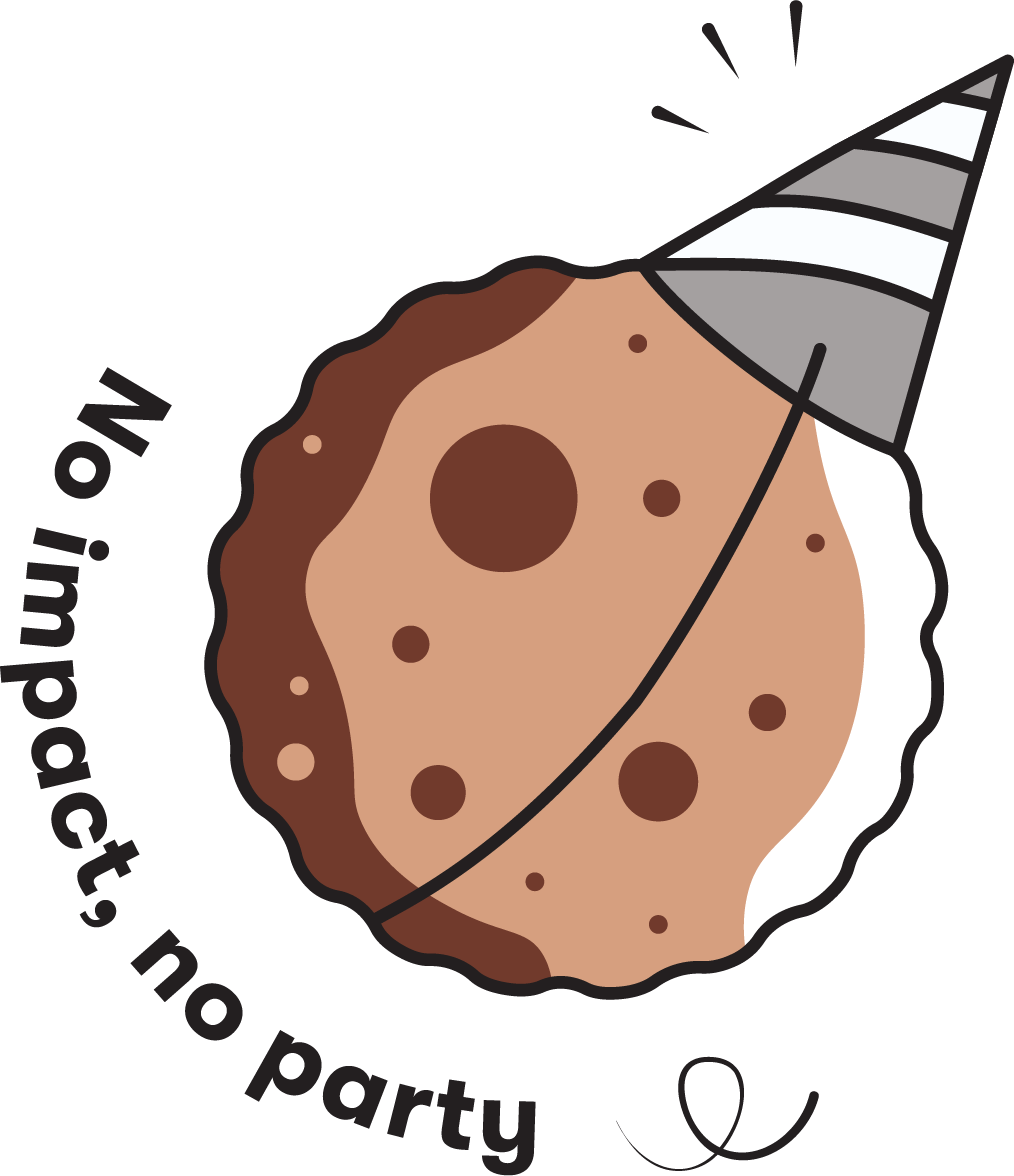
Hosting Conversations That Matter
I had the awesome opportunity to attend an Art of Hosting Collaboration and Interconnection 3-day training course as part of my Impact Hub learning journey. The Art of Hosting is a set of tools and approaches to hosting and harvesting conversations that matter – the things that really fire people up and energise them in their work and life in general. It’s about harnessing the collective wisdom of any group of people and increasing their capacity to self-organise. It’s also an approach to leadership that turns traditional models of top-down facilitation upside down – it’s about leadership for emergence, which is fundamentally unpredictable.
We spent three days looking at different tools such as World Café, Open Space and the Chaordic Path – processes that can help a group find that sweet spot between chaos and order from which truly new ideas can emerge. We also looked at powerful ways of harvesting these conversations in ways that capture the collective wisdom of the group to build upon going forward.
Here are some of the key insights I took away:
- There is a difference between facilitation and hosting. Facilitation implies ownership of a process with a more or less fixed outcome. Hosting is about creating a space of curiosity and openness from which unpredictable – and truly new – things can emerge.
- Hosting conversations is about hospitality. It’s about making people feel welcome and heard in your space. This starts with the space itself, how you design it, how you set it up, how you welcome people, how you frame the event and how you show up yourself. One thing that’s important is to allow plenty of time for people to arrive in a new space and/or with a new group of people. Don’t throw them into action straight away, but let them familiarise themselves and feel safe first.
- Inclusion requires naming the elephants in the room. This was learning that emerged throughout the three days. Some courageous participants pointed out that the language used by both the hosts and most participants – words like ‘personal journey’, ‘sensing the field’ or ’emergence’ – was linked to a very particular socio-economic and ideological context. It didn’t resonate with everyone equally. Class differences were one of the key elephants in the room that came up. Looking back, I learned that making the context of your perspective and assumptions explicit at the beginning of a process can really help generate that sense of safety for everyone present and open up avenues for huge learning. For example, open a conversation by saying: “This is not a neutral space. I am offering it from the perspective of x, which might not resonate with you. There will be elephants in the room and I invite you all to help me and each other see them, name them and learn from them.” Literally having a toy elephant in the room that can be used by anyone to name the unspoken can be a useful tool as well.
- Conversations, no matter how long or short, usually follow a pattern. The art of hosting a good conversation is about moving through that conversation in a way that supports the emergence of something new without letting the process disintegrate. This involves a bit of discomfort (also known as the ‘groan zone), from which the really cool stuff often emerges. There is a model for that:
The art is in holding the tender, often uncomfortable space of emergence, which most of us have an instinct to close down quickly, for long enough so that something truly new can come through.
The design and structure of a process can support this. Can communicating these different stages to the group, might help people feel more relaxed and find their way through differences, confusion or uncertainty. For example: “This is difficult because we’re now in the groan zone! But hold on because something really interesting might emerge from this”.
- ‘Harvesting’ a conversation is about making sense of it as a group. When planning a conversation, begin with thinking about how you are going to capture it. What do we want or need to create out of this process? A good ‘harvest’ is one that is simple, collaborative, visually beautiful, useful to the group, emerging and doesn’t require any previous knowledge, skill or experience to participate. The team set a beautiful example of this. Instead of handing out agendas for the course, they created a map on the wall that showed the different elements of the training but presented in such a way that allows for changes to happen depending on timing, the interest and mood of the group etc. What I loved the most was when this map became a collective wall on which people began to draw their insights and thoughts about the course (see picture on top of the page).
The Art of Hosting is not your usual training course. I remember stepping onto the streets of Bank on the glowing Sunday evening after the course finished feeling like I’d spent the past three days on a different planet. I’d never experienced being so connected to a group of over 65 people without even speaking to every one of them.
What I learnt there seems immensely relevant – not just in relation to my work at Impact Hub Islington and the conversations we’re planning around our move to 27 Dingley Place, but much more generally at a time when conversations about the things that actually matter to people seem particularly important and needed.
Written by Julia Oertli, Community Lead at Impact Hub Islington
